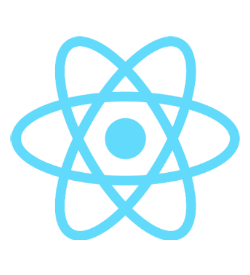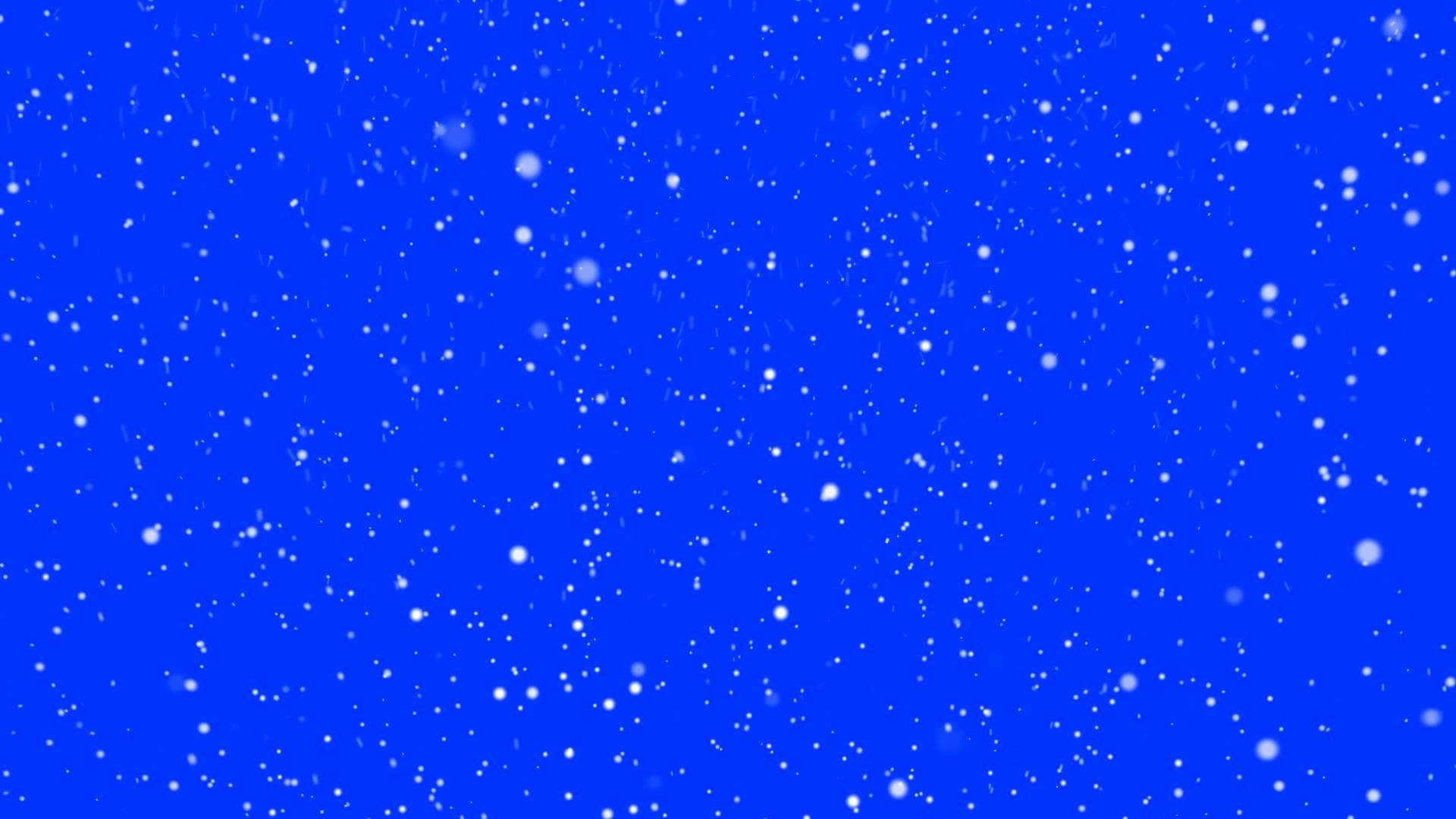Apple Watch Connectivity

On September 9th, 2014, Tim Cook announced the Apple Watch. This wearable smartwatch quickly gained the loyalty of millions. The wearable was developed in part to incorporate fitness tracking and allow for health tracking, but more-so to free users from their phones. It includes a digital crown used to scroll and zoom, and a touchscreen with Force Touch technology. An extra button under the digital crown serves favorite contacts and access to Apple Pay.









